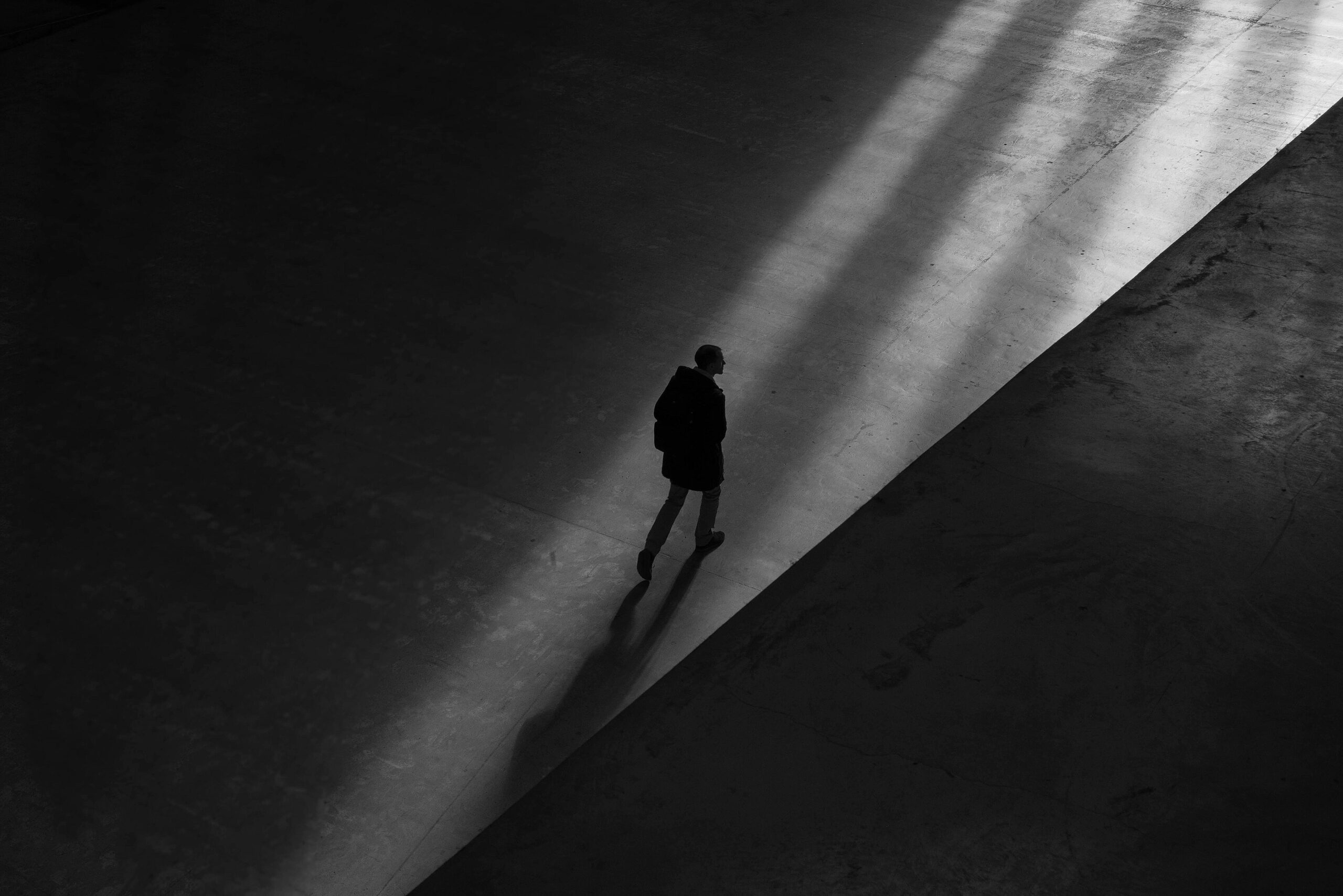Shadows as November’s set subject
You probably don’t think about them that much when shooting, but shadows can make a scene more dramatic if you know how to use them.
Sometimes, shooting in harsh sunlight can actually create dramatic results for shadow photography. In typical situations, you wouldn’t really take photos when the sun is high in the sky as it often creates undesirable results because it’s usually too bright and creates strong contrasts.
But for shadow photography, those two elements are precisely what you want to achieve incredible results. The harsh sunlight also works well whenever you’re shooting architectural subjects and other geometrical structures. The sharp shadows the sun creates add dimension to these their framework which makes them look quite dramatic.
So walk around your area when the sun is high up in the sky. See how it interacts with the buildings around you. It wouldn’t take long before you see shadows casting all sorts of patterns that look pleasing to the eyes.
But just remember not to take photos at noontime. Since the sun is directly above you, the shadows it creates typically look unappealing.
- Chiaroscuro is a concept in painting and photography that describes the contrast between light and dark. Learning how that can be applied and how it affects shadows can help you get creative with your images.
- To best understand the relationship between light and dark, look at some of the most famous paintings that employ chiaroscuro include Vermeer’s Milkmaid (bottom left) and Joseph Wright of Derby’s The Orrery. And when it comes to photography, some of Robert Maplethorpe’s portraits and Edward Weston’s still life (bottom) come to mind.
- The best use of chiaroscuro is highlighting the details using light and leaving the less critical elements in the dark. The contrast it produces also adds proportion to the subject and emphasizes textures.
- Despite using the right settings, your camera may not always achieve the perfect exposure. So it is generally necessary that you tweak your photos in post-production.
- First, adjust your contrast to make your shadows look darker and more dramatic. You should also consider increasing your blacks and shadows to make the dark tones look even richer.
- Just make sure not to go overboard, or you’ll end up with a blown out photo. Remember that when it comes to editing, moderation is crucial.



